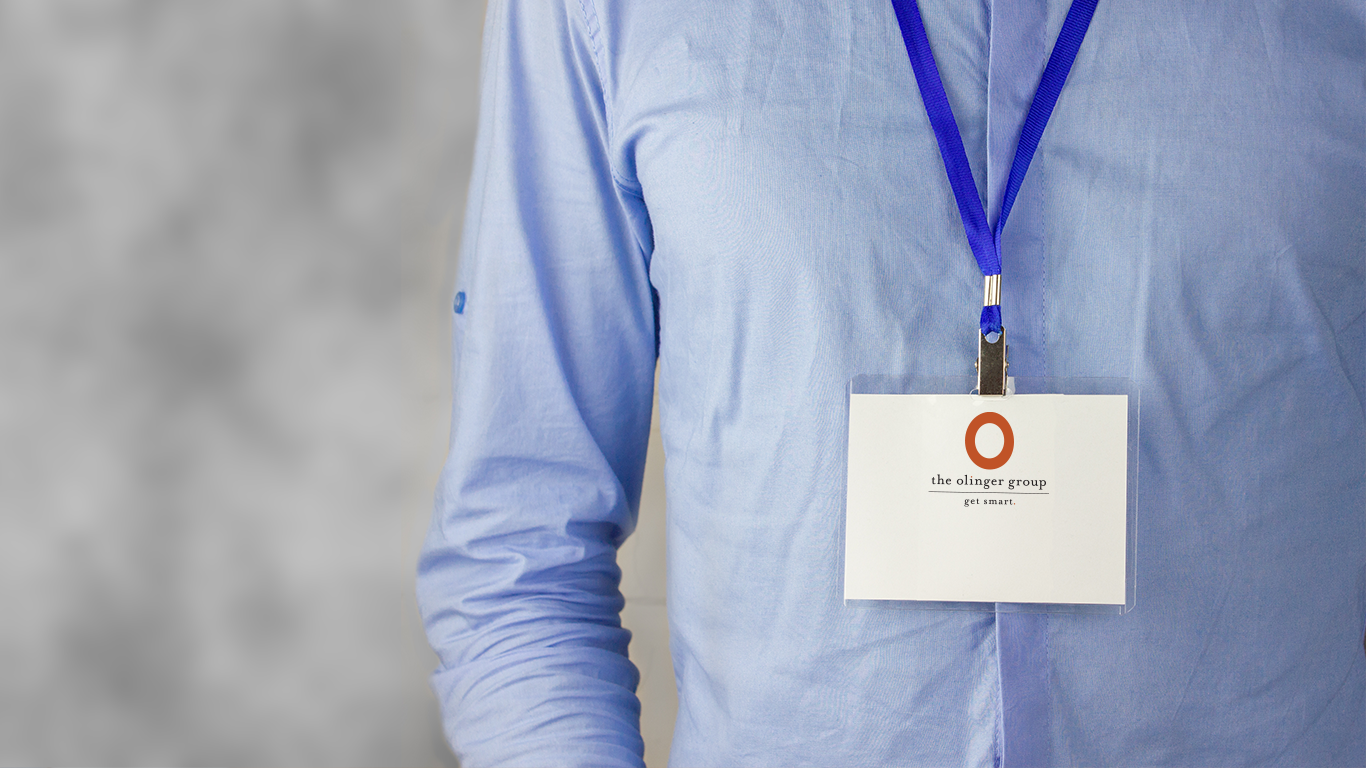We met at a market research conference in Las Vegas and talked about football (Go Saints!). We stayed in touch, connecting occasionally to chat about sports, life, and work. About five years after we met, he contacted me for a research project.
I have now worked with him on multiple projects at two different companies. I view our relationship as a success story on multiple levels.
I thought about him recently as I began preparing mentally for conference season. As Sales Manager for The Olinger Group, I am ready to meet and greet and discuss opportunities. But as an extrovert who struggled through the two-year forced isolation of COVID, the opportunity to be around a crowd of people again is a dream come true.
While I love going to conferences, I know that some people view them as a necessary evil. Suppliers are there to sell, and potential clients are there to see what is available. It can feel like going to a meat market – you must get your hands dirty and in desperate need of some soap before you can enjoy a juicy Porterhouse dinner.
It doesn’t have to be that way. In fact, I would argue that it should never be that way. I encourage you to shift your perspective on conferences from ROI, which boils everything down to dollars and cents, to ROR (return on relationships).
Return on Relationships
ROI is immediate, based on numbers, and devoid of emotion. ROR, on the other hand, is long term, based on people, and embraces emotion. With ROR, sales pitches are replaced with real conversations. That alone tends to remove a lot of the stress that is often inherent with conferences or other networking events.
Granted, striking up conversations with anyone and everyone is natural for some people. (I am talking about you, Jude Olinger!). Most people, though, need to work at it a little bit. So, I am offering two suggestions to help you make the most of market research conference season.
Tip #1: Stop looking at name badges.
Or at least stop looking at them first.
Some people turn their badges over at conferences, especially during the meet and greets. That is a dead giveaway that they prefer to be approached as a person rather than a potential sale.
I have trained myself not to look at badges anymore. I look people in the eye and shake their hand.
It puts them at ease and enables us to make an authentic connection.
The person you talk to may never be a client, but they may help you in ways you never anticipated. Collaboration is where big ideas happen. If you talk to the same people all the time, you are going to hear the same thing. Talk to 20 different people with differing viewpoints, and you might learn something.
Tip #2: Reach out to specific audiences
Spray and pray pre-conference email blasts are rarely effective. Worse yet, they are extremely annoying.
Instead, be targeted in your approach. Reach out only to those people who would be a good fit for your company or product and who you can provide value to.
For example, one year I reached out to a Fortune 500 national health insurance provider. Their business falls into our Health & Wellness vertical, a space in which we have extensive experience and success. They quickly agreed to meet with me at an upcoming conference.
When we met, it was very relaxed. At first, we just chatted and got to know each other. Then the conversation naturally changed to how we could be a trusted partner.
I am happy to say that a targeted email and a pressure-free conversation about our mutual interests turned into a multi-year partnership. We have done many custom qualitative and quantitative research projects together.
See you at a conference!
I look forward to meeting you at a conference. We can talk about sports (I am partial to Saints football and soccer), travel, music, movies, or whatever topic is on your mind.
We can also talk about work, even if we never do a project together. The Market Research industry is small, and we have likely tackled some of the same issues. I would love to hear about your solutions.
And if our two business align, we can talk about that.
The point is, we will be talking and making a connection.



